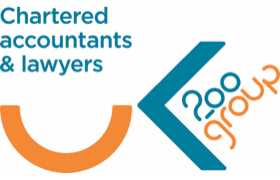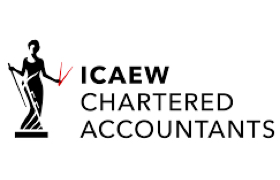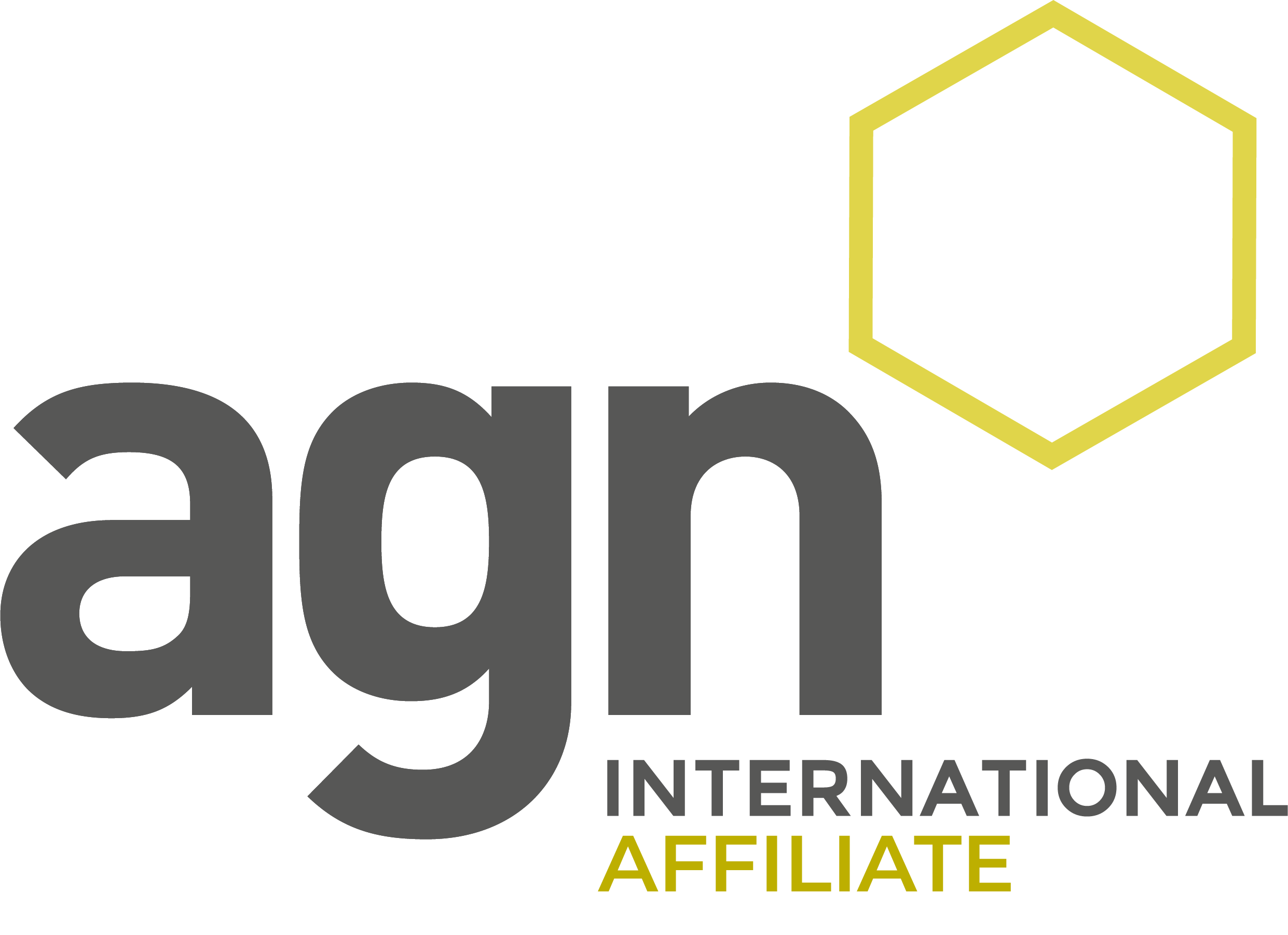Charitable giving pitfalls
- 22nd June 2022
Many people will donate to charity simply for altruistic reasons, but this does not mean the tax benefit should be dismissed. With Gift Aid donations saving tax at an individual’s marginal rate, donors need to watch out for any pitfalls that might preclude relief.
If a Gift Aid donation helps to preserve a person’s entitlement to the personal allowance, the tax saving is 60%. For example, a gross donation of £1,000 costs just £400.
Benefit received
Any benefit received in return for making a donation must be minor. An acknowledgement of the donor’s generosity – such as a plaque – is allowed but should not take the form of business advertisement or sponsorship.
When it comes to right of admission, such as a National Trust membership fee, the donation must be at least 10% more than the normal admission cost. For example, £11 would need to be paid for entrance that would otherwise cost £10. Alternatively, admission rights can be for at least 12 months during public opening hours.
Other drawbacks to be aware of include:
- Gifts: Tax relief is not available for an individual membership or subscription gifted to someone else, such as a spouse or parent. However, this restriction doesn’t apply where a donor’s minor child is the recipient.
- Double counting: Where charitable giving is via a Charities Aid Foundation account, tax relief is given on donations to the account – not when donations are made from the account to charities. Therefore, be careful not to double count when claiming relief. The advantage of using a centralised charity account like this is that only one Gift Aid declaration need be completed.
Tax planning
If a donor’s income differs from year to year, donations can be made in the tax years when the tax saving is greatest.
- The ability to treat donations as being made in the previous tax year is a great help here because – unlike pensions – tax planning can be done retrospectively once the donor’s tax position is established.
- The same approach should be followed for spouses or partners. If a donation comes from a joint bank account, the donor who will benefit the most should make the Gift Aid declaration.
Detailed guidance from HMRC on Gift Aid for individuals and companies can be found here.
Visit our dedicated charities page to see how we can help.
Any news or resources within this section should not be relied upon with regards to figures or data referred to as legislative and policy changes may have occurred.



